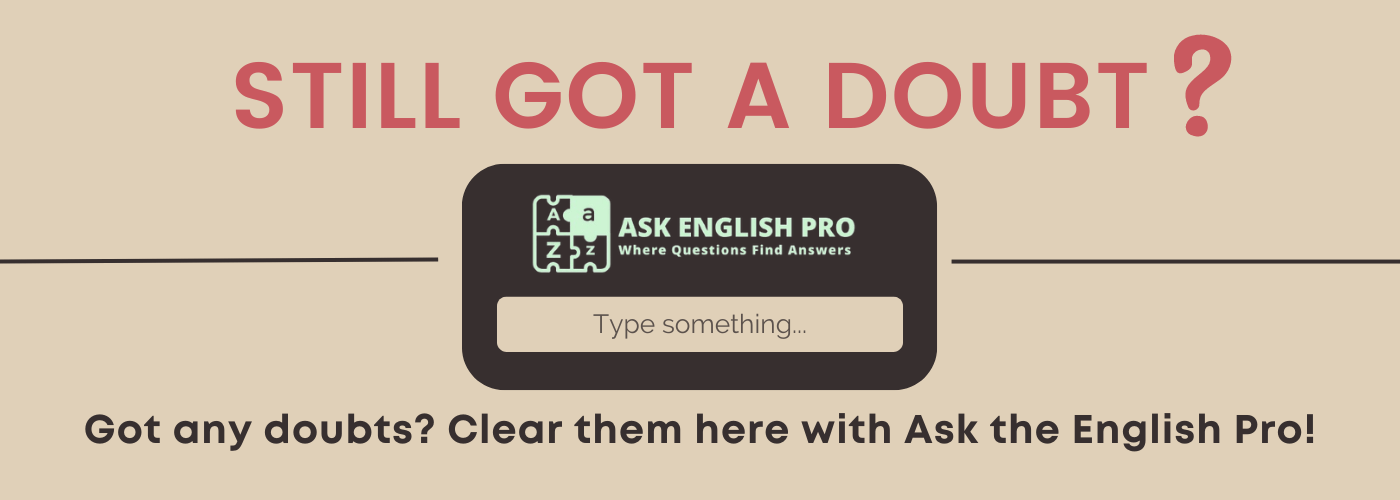The Origin of Juxtapose: From Past to Present
Introduction to the Origin of Juxtapose
The word “juxtapose” is a cornerstone of artistic and analytical expression, enabling us to explore contrasts and comparisons in fascinating ways. With roots in Latin, this term signifies the act of placing things side by side, often to highlight differences or create new meanings. Exploring the origin of “juxtapose” not only enriches our understanding of language but also reveals its role in shaping critical thinking and creativity. Let’s delve into the history and evolution of this intriguing word.
Tracing the History of Juxtapose
The term “juxtapose” originates from the Latin roots iuxta, meaning “beside” or “near,” and ponere, meaning “to place.” These roots combine to form the idea of positioning two or more things close together. First appearing in English in the mid-19th century, “juxtapose” became widely adopted in artistic and intellectual discourse to describe the deliberate placement of contrasting elements. Its emergence coincided with a growing fascination with duality and contrast in art, science, and literature, reflecting a broader cultural trend toward exploring interconnectedness and opposition.
The Cultural Journey of Juxtapose
In cultural and literary contexts, “juxtapose” has long been a favorite tool for artists, writers, and thinkers. From surrealist paintings to modern cinema, juxtaposition is used to evoke emotion, provoke thought, and challenge conventional perspectives. For example, in literature, placing starkly contrasting characters or settings side by side can illuminate deeper truths about human nature. In visual art, juxtaposition often creates striking imagery that engages the viewer. Its metaphorical use has extended into discussions of politics, technology, and even lifestyle choices, emphasizing contrasts in a rapidly evolving world.
Modern-Day Relevance of Juxtapose
Today, “juxtapose” is a versatile term that continues to thrive in both everyday language and specialized fields. It is particularly prominent in academic writing, design, and media analysis, where comparisons play a vital role in understanding complex ideas. Whether describing artistic contrasts or contrasting ideologies, “juxtapose” remains a go-to word for articulating nuanced relationships.
Bonus Tip: Use “juxtapose” in a sentence, e.g., “The photographer’s work juxtaposes urban decay with vibrant street art, creating a compelling visual narrative.”
Why Juxtapose Matters
The word “juxtapose” exemplifies how language captures the essence of human creativity and analysis. Its origin and evolution reflect our enduring fascination with contrast and connection, enabling us to communicate complex ideas with precision. By understanding the history of “juxtapose,” we not only enrich our vocabulary but also enhance our appreciation for the tools that shape critical thought and artistic expression.



















